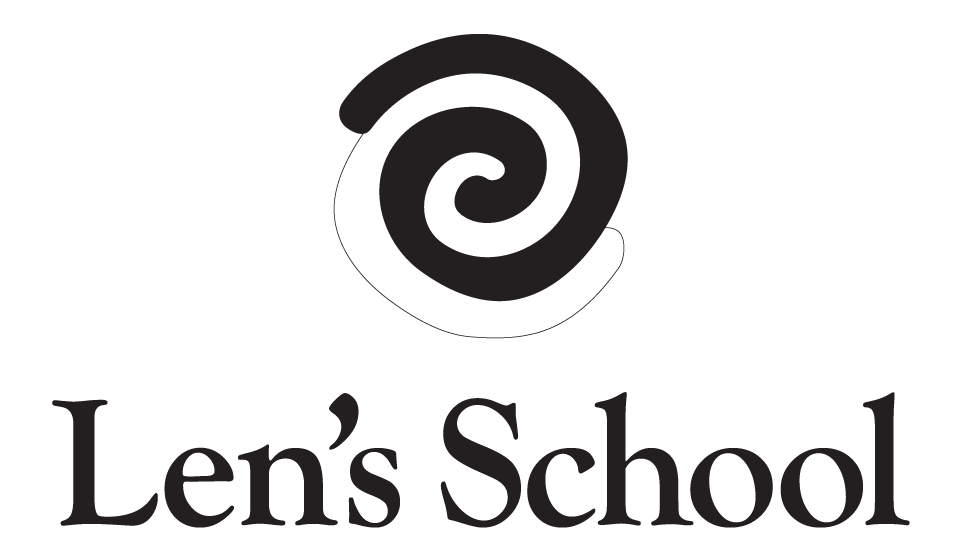getting to know your camera
Learning about your camera until it becomes second nature is one of the keys to becoming a better photographer. There are two tried and true methods of doing this; study and practice. You should do a lot of both. It also helps if you can learn to love your camera. I have written about this before (you can read this here). Reading the manual is an unfortunate place to start as we would love to just pick the camera up and start. Putting the camera in auto mode and going for it, is a legitimate way to progress. Unfortunately you will still need the manual to even work out which mode this is. Many manuals are now included only as pdf files. I put mine on my phone, pad and in a folder in my computer / laptop so that I can reference it wherever I am. Years past and for those that have been lucky enough to get a a printed manual with your camera I recommend packing it into your camera bag and having it handy. It can take years to delve into the full capabilities of modern cameras. You may never even get there.
Some of my students have found the language of these so called manuals to be quiet difficult to understand, which in turn confuses flow charts and settings. This probably is an end product of translating them from their native tongue. Students have reported that third party manuals can overcome this problem. The third party authors task is to write a manual that helps the photographer understand what is going on with their camera and how to use it. I know that a few of my students have found a deeper understanding from these manuals. For some cameras online tutorials / workshops / courses are available for some common specific models of camera. Make sure you purchase the right one for your camera.
Here is a list of things I think you need to be able to do to take your photography to the next level:
Change the aperture or shutter speed when the camera is in various modes
Select aperture priority or shutter priority & change the aperture or shutter speed when the camera is in both of these modes
Set & change ISO
Set auto ISO upper limit
Change exposure compensation
Change & move the focus point /s
Change the metering mode
Change and understand each mode
Do all of these things without removing your eye from the viewfinder
Now if you don't know how to do these things, go and figure them out and practice, practice and practice.
How to practice?
Camera cuddle (adapted from original exercise by Bruce Barnum)
Go and sit or lay down in your favourite couch / lounge / chair or bed even. And hold your camera and play with it. For the first hour don't take a photograph. Just practice changing settings, over and over and over. Change them with your eyes closed. Change them while your looking through the viewfinder. Change them with the camera under a sheet or towel. Changing the aperture / shutter speed combination, exposure compensation and focus points needs to become second nature.
Take some time to really concentrate on each of your adjustment wheels, knobs, etc. Really feel them, can you tell the difference between them by just feeling or by their location. Get to know which way they turn. The more in touch you are with your camera the better.
Bruce describes this process with a large format camera, and this exercise is extended to having it in its bag, putting up the tripod, assembling the camera and adjusting all movements., inserting the film and taking picture with an empty double dark slide. Then putting it all away again and starting again. He recommends figuring out a system and sticking to that system.
Continue to practice until you can change things without thinking or looking.
After photographing most of my life if I don't use a camera for a few months or years I find I have forgotten all of the little nuances of operating the camera. It is amazing how many times I have forgotten to lock down my camera before shooting because it has been a few months since I last used that particular camera. I still practice, practice and practice. Now days the easiest way to practice is to go and take more photographs, regularly.
Lounge lizard
Now you know your way around a little it is time to start practicing taking photographs. The easiest way is to limit yourself with your subject so you can concentrate on your camera and the picture taking process.
For an hour take photographs from your lounge. Take some with wide open apertures, closed apertures, fast shutter speeds and slow shutter speeds. Use exposure compensation to get your exposure just right. Now go and have a look through your images and find a few good ones.. What settings did you have them on. Which images are blurry - check the shutter speed and the focal length of your lens. Make some notes / make generalisations / rules even (ie I can hand hold my 50mm lens at 1/30 second and still get sharp pictures)
Repeat this exercise on another day.. and even another one
If you must try a different chair in a different room in the house and repeat.

